Dairy Manure Injection/Incorporation
Purpose/Function:
Manure injected or incorporated just below the soil surface also has environmental benefits, as surface applications of manure have been shown to increase nitrogen and phosphorus runoff to rivers and streams, while injection/incorporation places manure below the surface where it does not interact with runoff water during storms.
Initiation protocol:
Contact the local Soil Conservation District or University of Maryland Extension for assistance.
Public acceptance:
Widely accepted as odors are reduced therefore reducing neighboring property detection of ammonia during injection. Consideration of potential effects on the environment and neighbor relations when applying manure can be very important to the success of any manure utilization program.
Implementation Factors (level of difficulty):
Moderate. Manure can be successfully injected in both conventional tillage and no-till systems with currently available equipment.
Funding Sources / Options:
Through the Natural Resources Conservation Service (NRCS) technical and financial assistance is available for eligible landowners to implement these technologies. Cost share funding to offset the costs may be available from the Chesapeake and Atlantic Coastal Bays Trust Fund and Farm Bill programs. Equipment costs are currently eligible for income tax subtraction modification.
Costs:
Costs estimated as $ per acre of practice installed.
| Cost Estimates | EPA | MDA | Average |
| Initial | $- | $- | $- |
| Annual | $60 | $52 | $56 |
| Lifespan (yrs) | 1 | 1 | 1 |
| Annualized | $60 | $52 | $56 |
Load Reduction Efficiency:
Average Total Nitrogen removed per acre of practice per year
|
Low 2.20 lbs. |
Medium 3.61 lbs. |
High 7.19 lbs. |
Cost per pound removed between $8 and $25
Average Total Phosphorous removed per acre of practice per year = 0.0 lbs.
Cost per pound removed = N/A
Average Total Suspended Solids removed per acre of practice per year = 0.0 lbs.
Cost per pound removed = N/A
Operation & Maintenance:
Nothing outside of general equipment operational and maintenance efforts and associated costs.
Climate Change Considerations:
N/A
Planning Questions to Consider:
Review the farm nutrient management plan prior to implementation of this practice.
Technical Notes:
Having durable drag and supply hoses are important for safety and reliability.
Helpful Links:
Local Examples:
Maryland Department of Agriculture and local Soil Conservation District offices often offer farm tours, workshops and legislative tours to view this type of practice.
Local Project Examples:
Maryland Department of Agriculture and local Soil Conservation District offices often offer farm tours, workshops and legislative tours to view this type of practice.
Related Best Management Practices
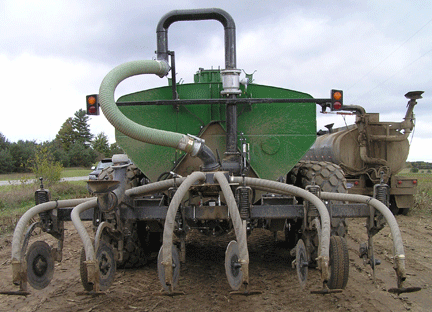
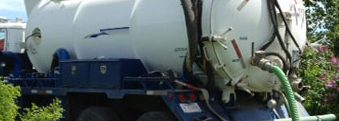


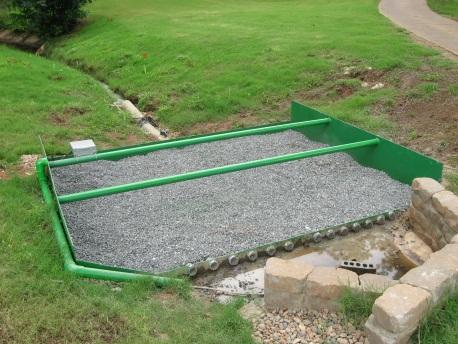
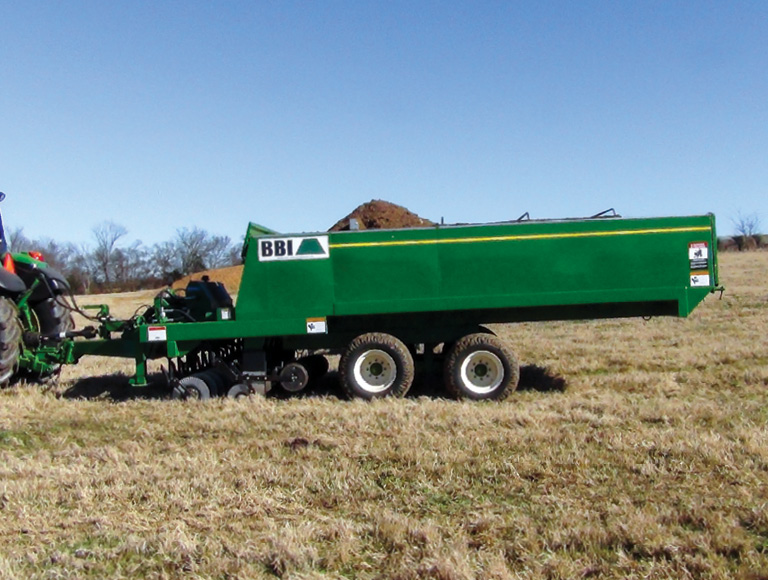
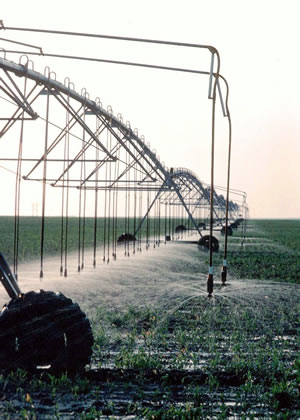
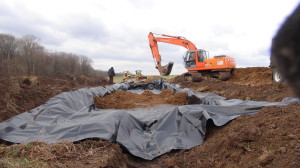
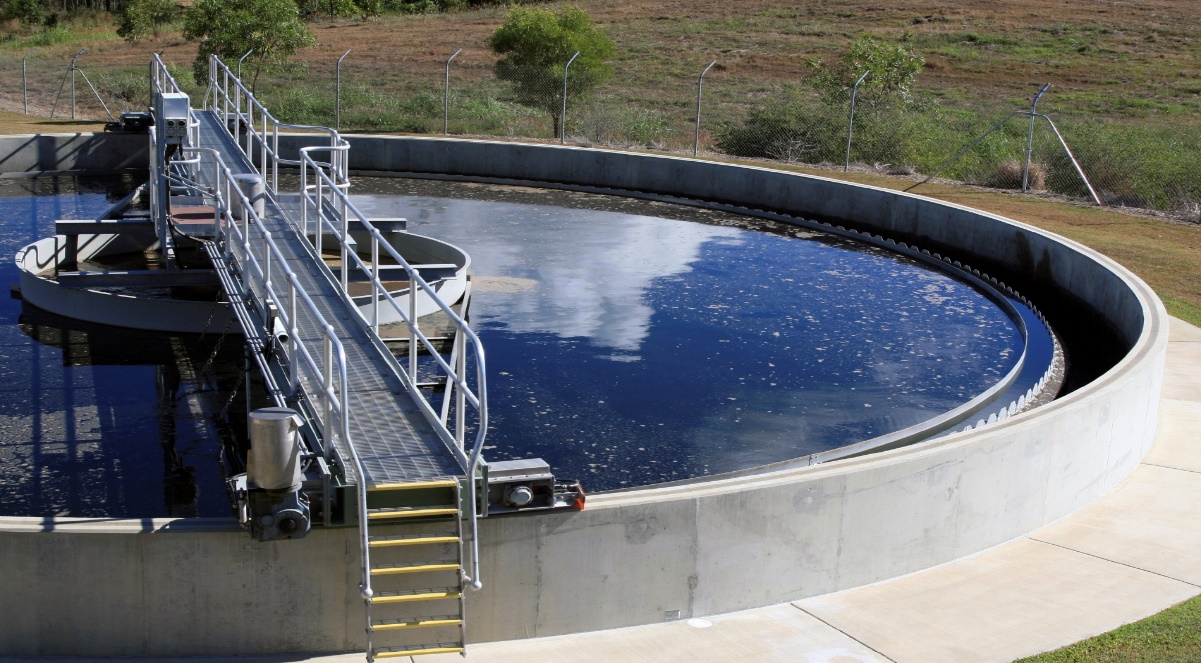


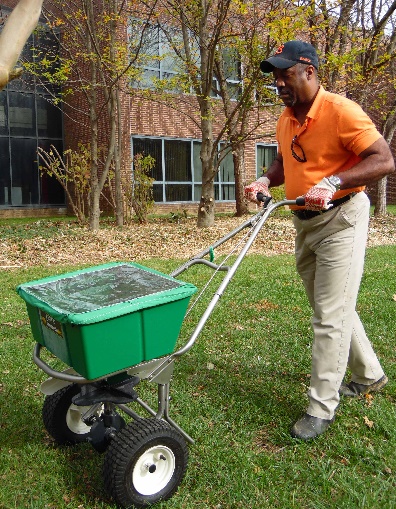

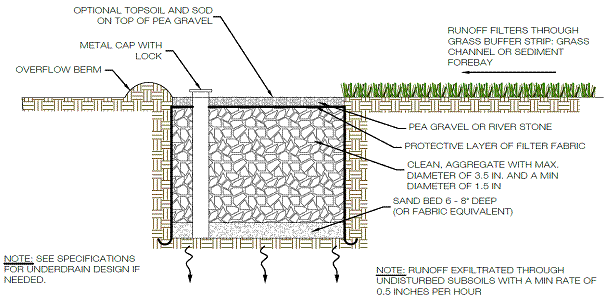
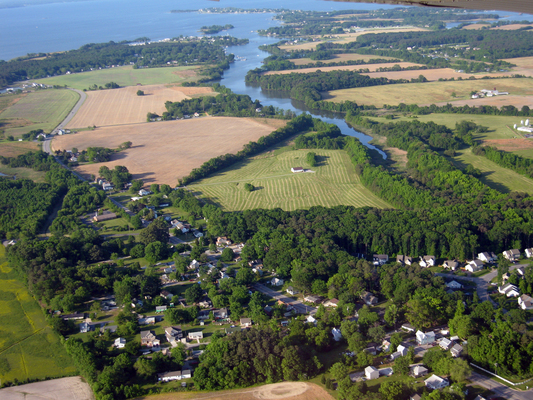
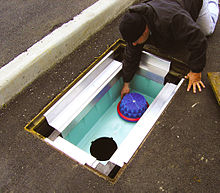
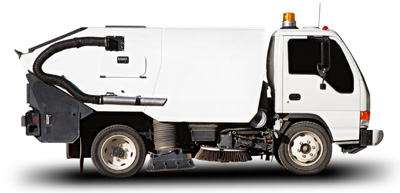
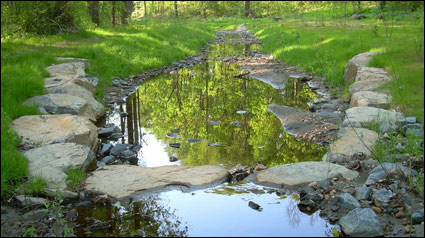
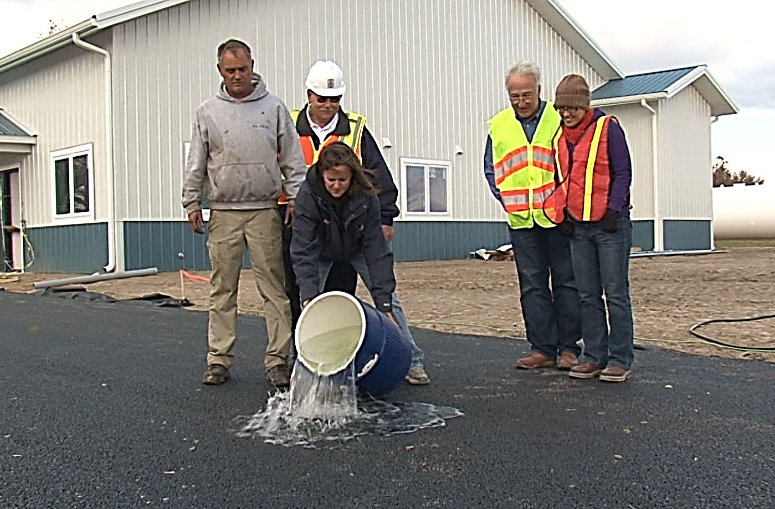
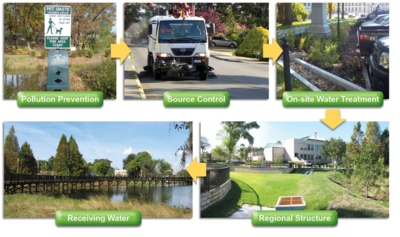
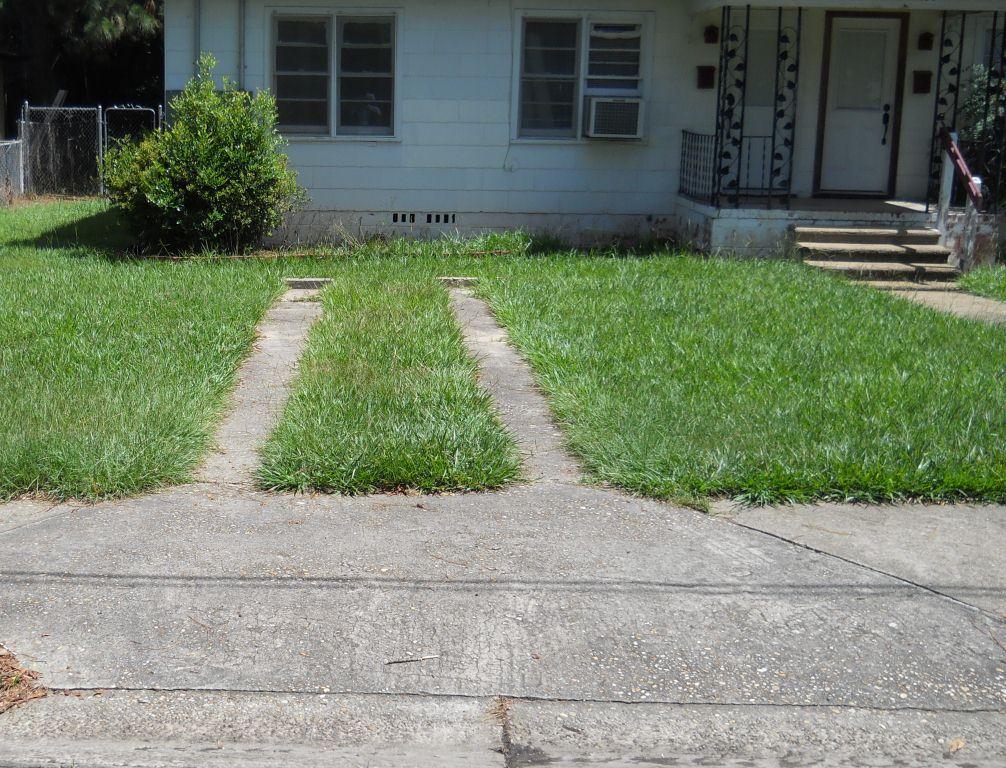
Feedback on This Best Practice